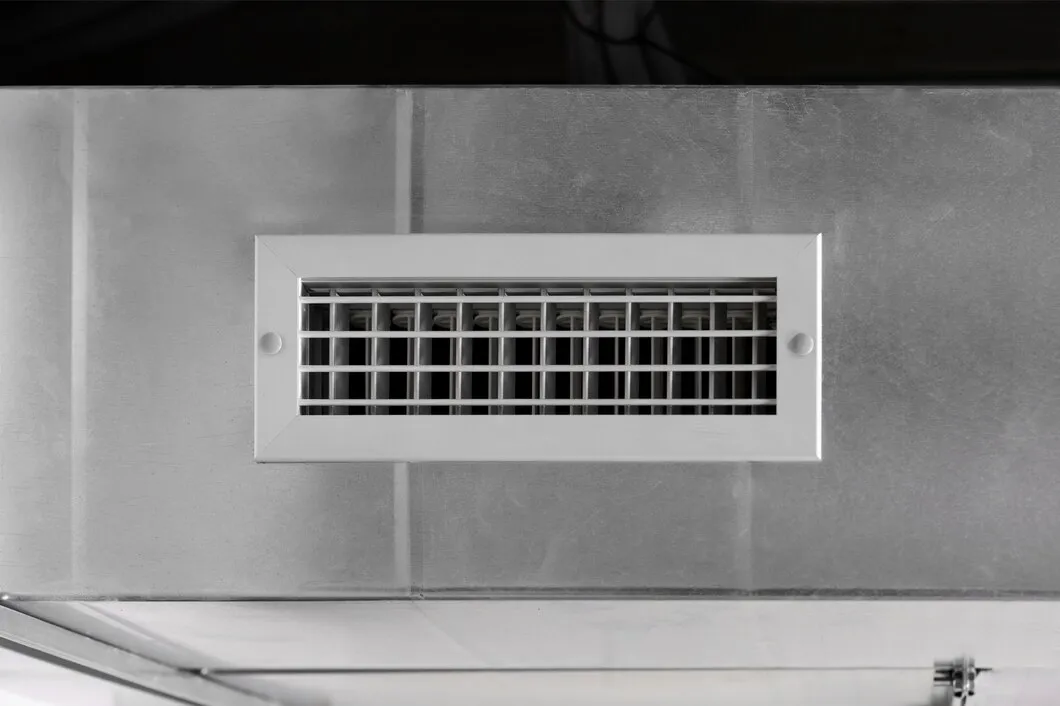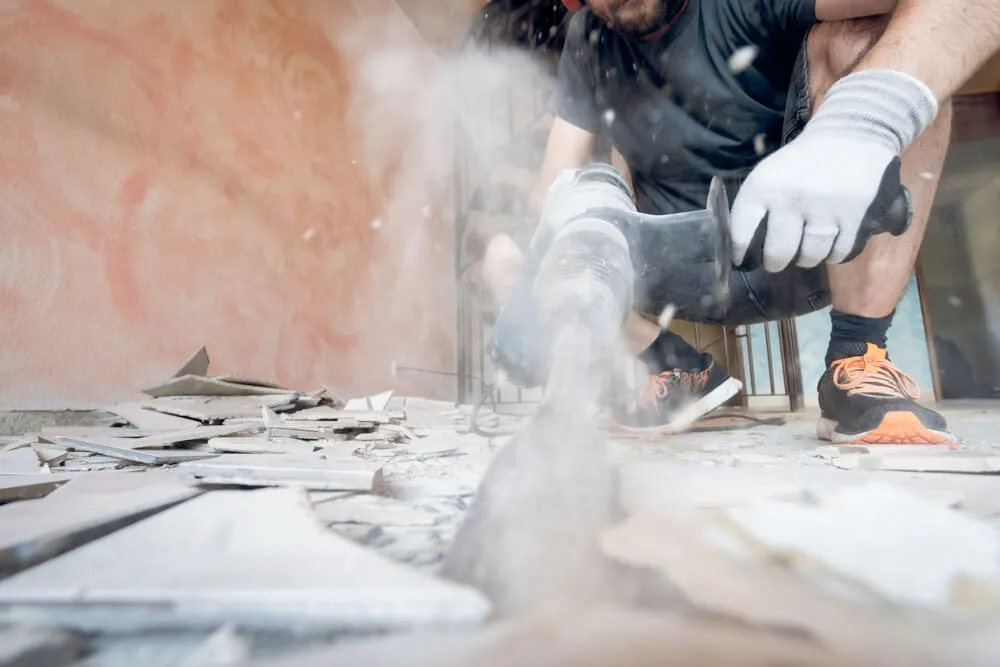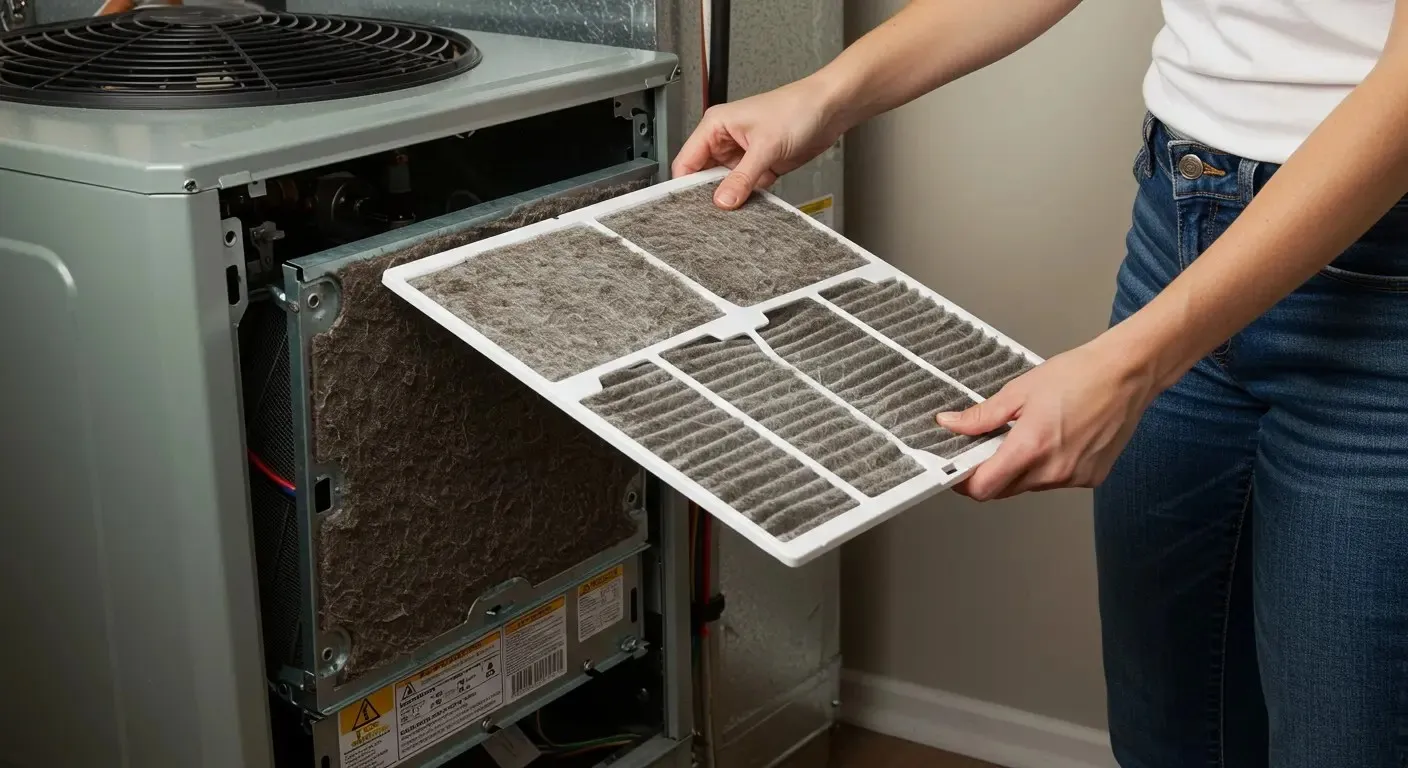
Air ducts are a collection of tubes that form the air distribution network of your HVAC system. Because most ductwork remains hidden behind drywall, you might not know how each component works.
Read on to learn about the main components of the ductwork system and how they operate.
Ducts (Pipes and Trunks)
The duct pipes and trunks are the primary channels that provide a path for heated or cooled air to blow throughout your home.
The duct pipes branch out from the duct trunk to the different rooms in your house. The duct trunk is the central duct from the furnace, usually made of steel.
Flexible aluminum (called flexible piping) can be used where your walls require a bendable option.
Duct Transitions
Air ducts must connect according to the specific shape of your home. The pipes and trunks use duct transitions to connect. There are many types of duct transitions and specialized connectors.
They join to make pathways for air to move through your home.
The faster you drive, the harder it is to make a sharp turn. The same goes for airflow in a duct. If there are transitions at tight angles, airflow gets restricted. That is why their placement is so critical.
Some connectors include turning vanes, cleats, and takeoffs. Branch duct takeoffs are standard and come in myriad shapes and styles.
- Round Takeoffs: most cost-effective and commonly used
- Directional Takeoffs: metal scoop or turning vanes protrude out in order to "grab" air from the duct and direct it into a new path
- High-Efficiency Takeoffs (HETO): rectangular to round design that is higher priced
- Rectangular Takeoffs: offer a smooth path for air to move
Plenum
A plenum is a large container that stores air for your HVAC system and is attached to the various ducts. Imagine the plenum as a super highway and the branch duct takeoffs as exit ramps to side roads (ducts going to each room).
Usually, there are two plenums to your ductwork. Your HVAC system will fill the supply plenum with cooled or heated air sent through the ductwork. As the cooled or heated air enters a room, it pushes the existing air into another group of ducts.
These ducts transfer any returned air to the return plenum. Then, the returned air is directed outside through a flue or filter and sent back through the system.
Related Post: Superior Air Duct Looks at the History of HVAC Systems
Flues
Flues remove the toxic gasses created through the heating and cooling process and push the toxic, carbon-monoxide-poisoned air outside the home.
Refrigerant Lines
The refrigerant lines bring refrigerant into the compressors, which allows your HVAC system to heat or cool your air.
Air Handler
The air handler is where the filter and blower fan are situated. The blower fan transports the air through the ductwork. The air handler may also include heating or cooling coils.
Drain Pans and Lines
While HVAC systems heat or cool the air, they also dehumidify it. During the heating and cooling process, condensation builds up within the system. It needs somewhere to go; otherwise, rust or mold can occur inside your home. Drain pans take the created water and empty it using the drain lines outside of your home.
Related Post: Types of Duct Systems - Materials, Shapes, and More
Schedule Residential Air Duct Cleaning
Consider scheduling a residential air duct cleaning from a NADCA-certified company. We give you before-after photos and walk you through it all once the job is done. Contact Superior Air Duct Cleaning in western Pennsylvania or eastern Ohio. We look forward to hearing from you!

Customer Reviews





Addressing Excessive Dust in Your Coraopolis Office Building

What Whistling Sounds from Your Wexford Vents Indicate

Combating Summer Humidity with Clean Air Ducts in Youngstown

Troubleshooting Burning Smells from Your Ellwood City Dryer Vent

How Restaurant Duct Contamination Affects Food Quality in Cranberry Township

Addressing Musty Odors from Your Canfield Air Ducts

Why Your Air Ducts in Wexford Are Making Popping Sounds

The Hidden Dangers of Lint Buildup in Youngstown Dryer Vents

Why Your Energy Bills Rise with Dirty Vents

Solving Common Dryer Performance Issues in Austintown

Fixing Uneven Airflow Problems in Wexford Homes

Why Your Austintown Dryer Is Overheating: Vent Obstruction Signs

What Makes Professional Duct Cleaning Different in Youngstown

Managing Spring Allergies with Clean Air Ducts

Slow-Drying Clothes: A Sign Your Dryer Vent Needs Attention

Signs of Animal Nesting in Your Ellwood City Dryer Vent

How Poor Duct Maintenance Affects Your Canfield Home

Removing Pet Dander from Your Home's Air Ducts

Common Causes of Air Duct Leaks in Older Homes

Why Dust Keeps Appearing in Your Coraopolis Home

How Dirty Ducts Impact Your Business Operations

Why Your Gibsonia Dryer Takes Longer to Dry Clothes

How Often Should Wexford Homeowners Clean Their Ductwork

Warning Signs Your Dryer Is Not Venting Properly

Black Spots in Air Vents: Addressing Mold Growth Problems

What Happens During a Professional Ductwork Inspection in Mars

Spring Cleaning Your Air Ducts: What You Need to Know

The Link Between Breathing Problems and Dirty Air Ducts

Health Benefits of Clean Air Ducts for New Castle Residents

How to Spot Dryer Vent Blockages in Your Youngstown Home

Air Quality Issues in Office Buildings: When to Clean Commercial Ducts

Common Air Quality Problems That Duct Cleaning Solves in Wexford

Strange Noises from Your Dryer Vent: What They Mean

What Air Pollutants Can Professional Duct Cleaning Remove in Canfield

How Clogged Dryer Vents Increase Fire Risk in Sewickley Homes

Understanding the Benefits of Professional Dryer Vent Cleaning

How Air Duct Cleaning Can Improve Your HVAC System Efficiency

Why Regular Duct Cleaning is Essential for Home Air Quality

The Necessity of Commercial Duct Cleaning Explained

Duct Disinfecting & Deodorizing

Preventing Home Hazards with Our Dryer Vent Cleaning Services

How Air Duct Cleaning Boosts Indoor Air Quality

Understanding the Role of a Duct Cleaning Company in Home Maintenance

Why You Need Our Skilled Duct Cleaning Professionals

The Steps Our Technicians Follow in Ductwork Cleaning

Benefits of Whole House Sanitizing for Healthier Living

Why Dryer Vent Cleaning is Important for Home Safety

Whole House Sanitizing: Keeping Your Home Safe and Clean

When to Schedule Air Duct Cleaning for Optimal Performance

Dryer Vent Cleaning: Essential for Preventing Fires

The Impact of Commercial Duct Cleaning on Workplace Health

How Air Duct Cleaning Enhances Your Home's Atmosphere

Whole House Sanitizing: Ensuring a Healthier Living Space

Preventing Risks with Our Dryer Vent Cleaning Services

How to Know When Your Home Needs Our Duct Cleaning Services

Essential Reasons for Scheduling Air Duct Cleaning Today

Prevent Fire Hazards with Professional Dryer Vent Cleaning

Understanding the Importance of Air Duct Cleaning Services

How Professional Dryer Vent Cleaning Prevents Home Fires

The Importance of Regular Dryer Vent Cleaning for Home Safety and Efficiency

The Process and Benefits of Thorough Ductwork Cleaning

The Benefits of Air Duct Cleaning Services for Your Home

The Benefits of Commercial Duct Cleaning for Your Business

Understanding the Difference Between Residential and Commercial Duct Cleaning Services

Guard Against Germs: The Advantages of Whole-House Sanitizing Services

The Impact of Residential Duct Cleaning on Indoor Air Quality and Overall Health

Enhancing Workspace Health: The Benefits of Routine Commercial Duct Cleaning

How Regular Duct Cleaning Can Impact Your Home’s Energy Efficiency

Strategies to Maintain Air Purity in Large Workspaces Through Commercial Duct Cleaning

Comprehensive Guide to Reducing Allergens with Professional Duct Cleaning Techniques

Freshen Your Space: Professional Duct Disinfecting and Deodorizing Explained

Maximize Home Air Quality with Professional Residential Duct Cleaning

Experience Superior Whole-Home Disinfection Services for a Cleaner, Healthier Environment

Importance of Regular Dryer Vent Cleaning for Safety and Efficiency

Commercial Duct Cleaning: An Investment In Your Business' Health And Success

How To Prevent Mold Growth In Your Air Ducts: Expert Tips For A Healthier Home

Is Mold Always Visible?

The Most Common Questions About Dryer Vent Cleaning: Answers From the Experts

The Ultimate Guide To Residential Air Duct Cleaning: Enhance Your Home's Air Quality

How Often Should You Clean Your Air Ducts?

Managing Pet Ordors Dender

What Does An Air Duct Inspection Include?

How to Choose a Duct Cleaning Company: 10 Questions to Ask

4 Ways Your Dirty Air Ducts Are Costing You Money

Top Benefits Of Air Duct Cleaning For Universities & Schools

A Guide To Air Duct Cleaning Equipment

Is Sanitizing Air Ducts Worth The Money?

4 Dangerous Warning Signs Your Dryer Vent Is Clogged

Easy Ways To Keep Your Home Mold Free

How Whole Home Sanitization Staves Off Fall Allergies

DIY Guide To Attic Insulation Removal: Tips And Tricks
.webp)
5 Must-Know Facts Before Buying Air Duct Cleaning Services

Air Duct Cleaning Tips After Home Renovation Or Construction

Natural Home Deodorizing Tips To Kill Bad Odors

Superior Air Duct Covers the Top Air Duct Cleaning Scams to Avoid

How Long Will A Dryer Last?

What Causes Humidity In Air Ducts?

The Path To Becoming A Certified Dryer Exhaust Technician, Superior Air Duct

The Process To Obtaining An Air Duct Cleaning License





